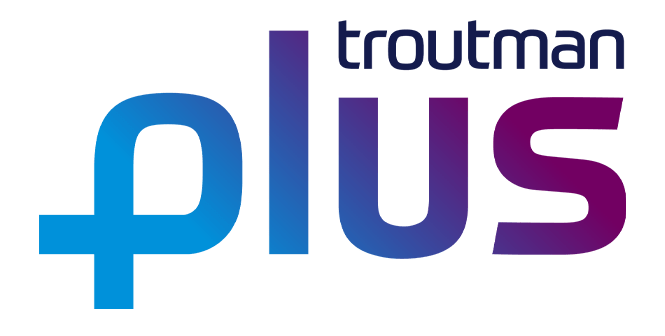One of the many benefits of receiving client feedback is that it is often candid. Clients are not shy about stating what they want or need and what can be improved. This gives attorneys a great roadmap for client development. The problem is, once you have translated client feedback into client development action items, how do keep yourself accountable for following through?
In last month’s Client Care Corner, my colleague Erin Murphy provided some helpful tips on creating SMART objectives — ways to help you achieve the goals you have set for yourself. I know our lawyers appreciate the time clients take to provide feedback and want to build on the opportunities it creates. I also know how easy it is for client work to take over and for well-intentioned client development initiatives to take a back seat. This is where accountability comes in.
The only true way to achieve measurable goals is to have a system in place that is easy to follow and provides accountability. The system you develop should consist of regular activities you practice to keep you on task. One thing I have learned, and that we reiterate when talking to lawyers, is that there is no one system or set of regular activities that works for everyone. If there were a magic system, we would all be following it! Finding what works for you requires time and effort and trial and error. And, honestly, the process likely will result in a few failures before you settle on something that works for you.
There are numerous resources available that provide tips on developing an accountability system (including, but not limited to, Atomic Habits by James Clear, The Power of Habit by Charles Duhigg, and The Power of Good Habits by MindTools).
Here are a few concepts that have resonated with me:
Prioritize: In Troutman Pepper’s client feedback program, feedback is delivered with a list of recommendations for follow-up. Recommendations are focused on better understanding the business of the client and also on understanding the professional priorities of the individuals with whom we regularly work. Prioritize those recommendations into short-, medium-, and longer-term items. Setting a time frame helps to create a follow-up plan that is manageable, aids in the development of SMART objectives, and helps identify which team members should be involved.
Involve your team: Getting the team involved has numerous benefits. Team members will develop a better understanding of the client industry or environment, and they will understand how their strengths contribute to the bigger-picture needs and wants of the client. Your team will also feel invested in the relationship and accountable to one another. Involving your team spreads the load so you are not doing everything yourself. Knowing you are not alone and that your part of the work often dictates when someone else can start on their part is a good motivator to get things done.
Report regularly: Checking in on a regular basis will help keep you and your team on track. Check-ins can take several forms, depending on the size or complexity of the objectives you are working with. They can be formal meetings, email updates, phone conversations, online chats, etc. Communicating regularly helps keep the team focused on the immediate objectives, provides a forum for learning and sharing knowledge, and provides the ability to adjust deadlines or reassign tasks based on workload. Make each team member’s system for keeping on track part of the discussion. Hearing how each other works and talking through what works for one or another (Excel sheets, email flags, assigning Outlook tasks, etc.) will help each of you develop and tweak your own set of regular activities that, combined, create your accountability system.
Involve your client: The ultimate goal of implementing an accountability system is making sure it works. I have found that working against a “client” deadline is a good motivator to getting something finished. Involving your client in the objectives you set and the time frame for delivery will ensure that you and your client are on the same page, and minimizes the chance that tasks drop off the radar if something more important comes up. Having regular meetings, coffees, or video calls with your client means you and your team have a calendar deadline to keep accountable to. It demonstrates your commitment and shows your client that you have them top of mind, even when there is no billable work involved.
Keeping on task and not pushing things from today’s to-do list to tomorrow’s to-do list is a challenge for all of us. Finding the system to keep on top of our tasks takes time, but once you have that system in place, it can be applied to all areas of life — professional and personal. In my experience, working in small, manageable chunks and working with someone are the most proven ways to maintain accountability. I am less likely to cancel or postpone when I know my buddy is coming to our meeting with their task completed.
Meet Patricia Ellard
With a background in competitive intelligence and strategic thinking, Patricia brings more than 20 years of experience in global management consulting and law firms to her role as director of client care analytics + service design. A highly inquisitive person with a passion for exploring, Patricia uses competitive intelligence sources and tactics combined with real-time client feedback to work with Troutman Pepper’s Client Care and Innovation offices to develop tailored solutions for clients’ problems. Working collaboratively with lawyers and clients, Patricia helps establish the foundation for successful client service.




